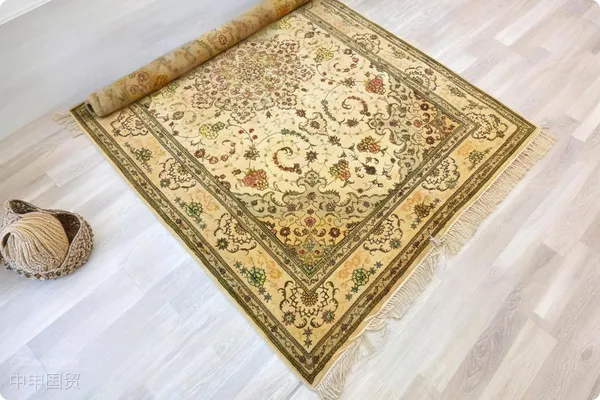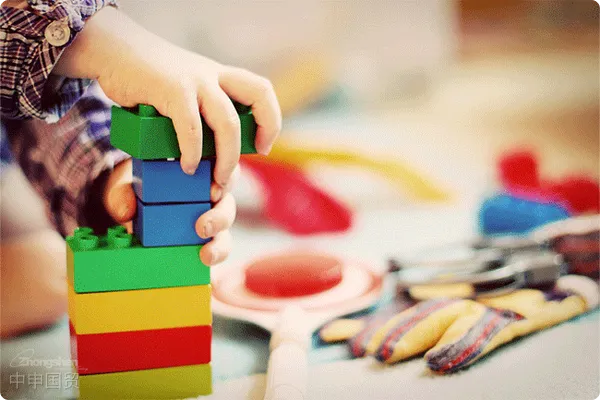- Shanghai Zhongshen International Trade Co., Ltd. - Two decades of trade agency expertise.
- Service Hotline: 139 1787 2118
With increasing public attention to indoor air quality, air purifiers have become a hot product in the market. However, before exporting these products to different countries, understanding and meeting the safety certification requirements of each country is crucial. This article will provide a detailed introduction to the safety certification requirements and procedures that must be followed when exporting air purifiers.

I. Export Clearance Requirements
The customs commodity code for exporting air purifiers is 84213910, involving import tariffs including the Most-Favored-Nation rate of 7%, general rate of 100%, provisional rate of 5%, and VAT rate of 13%.Export DrawbackThe tax rate is 13%. The following elements must be noted during declaration:
- Product name;
- Purpose;
- Working principle;
- Brand (Chinese and foreign names);
- Model;
- Rated power (not required for non-electric models).
II. Relevant Standards and Requirements in China
Chinas air purifier standards are divided into safety and performance standards. Safety standards include GB 4706.1 Safety of Household and Similar Electrical Appliances - Part 1: General Requirements and GB 4706.45 Safety of Household and Similar Electrical Appliances - Particular Requirements for Air Purifiers. The performance standard is GB/T 18801 Air Purifiers. Additionally, there are national standards for antibacterial and sterilizing functions, such as GB 21551.1 and GB 21551.3.
III. Foreign Technical Trade Measures Requirements
- U.S. Technical Regulations, Standards, and Conformity Assessment Procedures:
- Household indoor air purifiers must comply with the safety standards UL 867 and UL 507.
- AHAM certification and ENERGY STAR certification are available.
- The ENERGY STAR certification process includes the manufacturer submitting an application to the EPA, providing product samples and documentation for laboratory testing, applying for certification from the certification body, submitting certification application materials to the EPA, EPA review and online listing, and affixing the ENERGY STAR label to the product.
- Japanese Technical Regulations, Standards, and Conformity Assessment Procedures:
- The JEM1467 household air purifier standard specifies requirements for product performance, structure, materials, etc.
- The PSE certification process includes filling out an application form, determining testing standards, preparing samples, conducting tests, issuing a PSE test report, and awarding a PSE certificate.
- Korean Technical Regulations, Standards, and Conformity Assessment Procedures:
- Must comply with SPS – KACA002-132:2018 Indoor Air Purifiers standard requirements.
- The EK safety mark application process includes submitting application materials, product descriptions or user manuals, a list of main components, circuit diagrams, an authorization letter, etc.
- EU Technical Regulations, Standards, and Conformity Assessment Procedures:
- The CE marking system is the primary certification system in the EU.
- The CE certification application process includes the manufacturer submitting a preliminary application, filling out a CE-marking application form, the laboratory determining inspection standards, conducting product testing, reviewing technical documents, providing test reports or technical documents, and the applicant signing a CE Declaration of Conformity.
- North American Technical Regulations, Standards, and Conformity Assessment Procedures:
- The CSA certification application process includes completing the preliminary application form, submitting product manuals and technical data, determining certification fees, conducting certification testing, issuing preliminary reports, conducting initial factory assessments, and issuing compliance certificates.
Understanding and complying with the safety certification requirements of the target country is crucial for exporting air purifiers. This not only helps products enter the international market smoothly but also enhances product credibility and consumer trust.
Related Recommendations
? 2025. All Rights Reserved. Shanghai ICP No. 2023007705-2  PSB Record: Shanghai No.31011502009912
PSB Record: Shanghai No.31011502009912










